Last updated on 2025-09-05
A review and sample photos using the LEICA APO ELMARIT R 180mm F2.8 with the LEICA SL Typ601.
- Please see the disclaimer regarding advertising here.
- Italicized links in the text are advertisement links that take you to other sites.
Table of contents
Gallery
The sample photos were taken with a Leica SL Typ601
Review
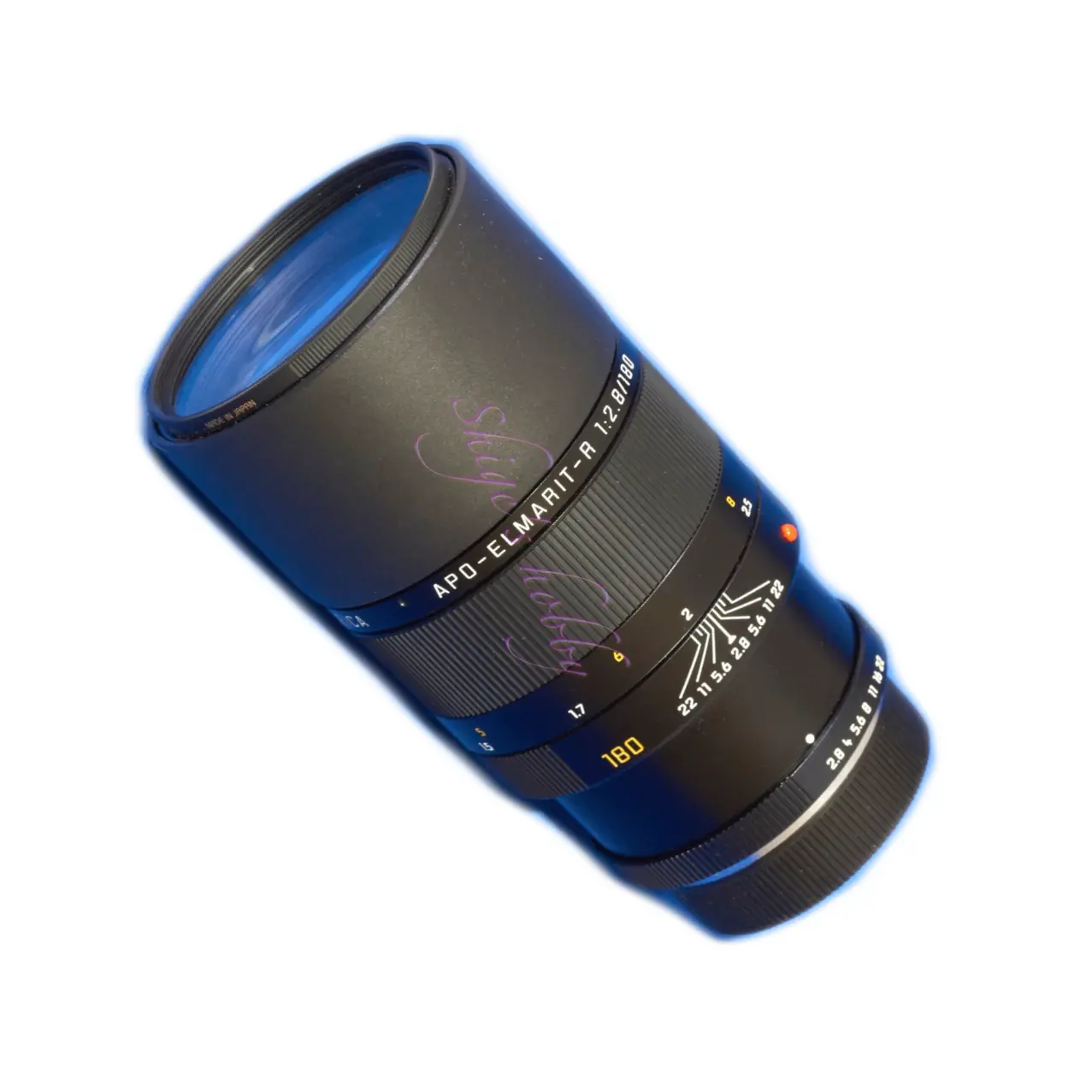
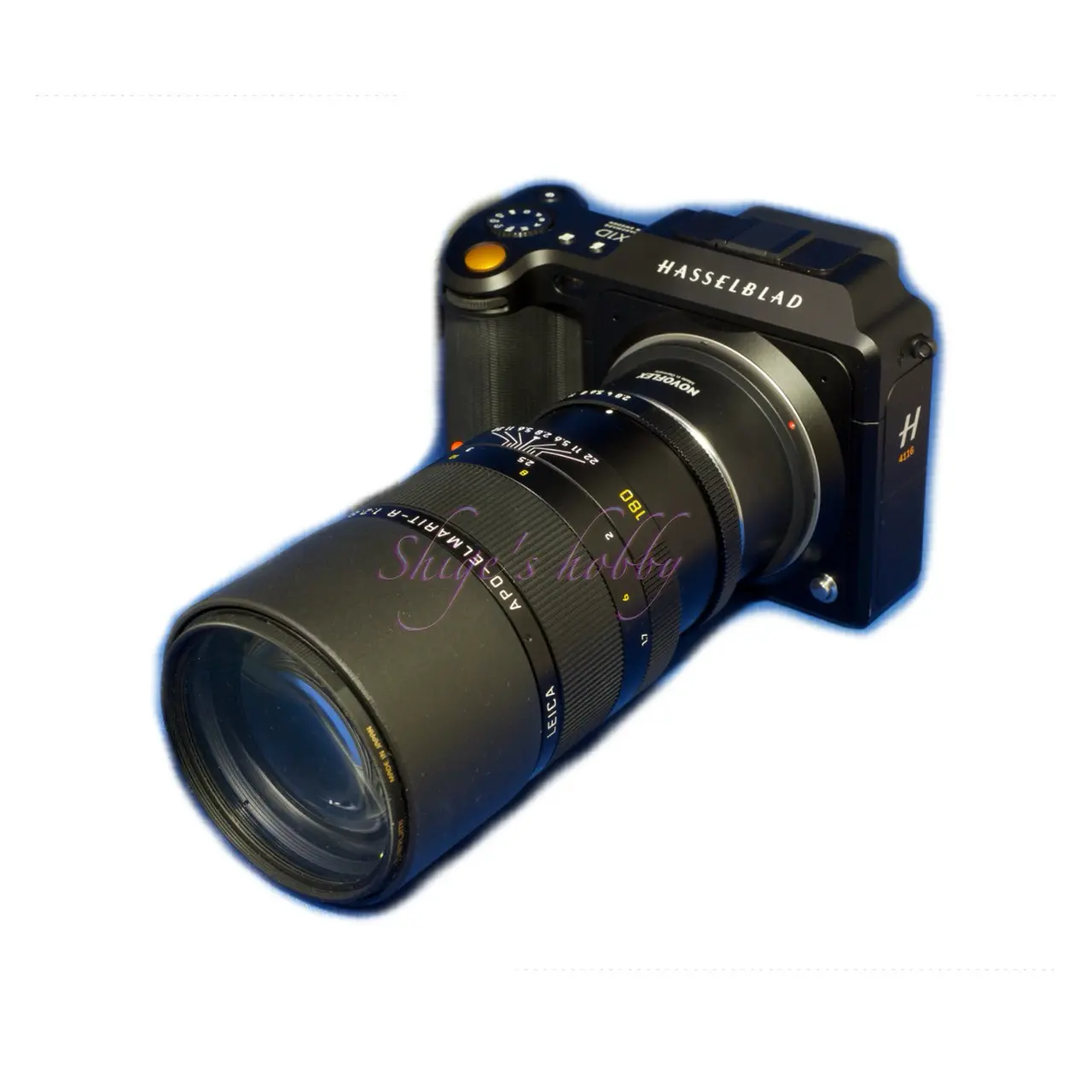
1.Overview
The APO-Elmarit 180mm is a Leica R-mount telephoto lens, of which 1,900 were produced between 1997 and 2005. It is possible that it was also produced between 2006 or 2009, but the details are unknown.
It has a simple lens configuration of 7 elements in 5 groups, and although it is APO specification, it does not use aspherical lenses.
There are early and late models of this lens, and the model numbers and specifications are different.
The early model has a unique shape created by the 8 aperture blades, which creates edges at the corners of the aperture when stopped down.
The lens I owned is also an early model, model number “11273”, and creates shuriken-shaped edges when the aperture is stopped down. According to the description, it is not compatible with the 1.4x APO teleconverter.
I had a 3-CAM, ROM-less version of the x1.4 apo-teleconverter, but this lens is expensive and the rear element is visible quite far behind the lens barrel, so I didn’t have the courage to try it with a x1.4 apo-teleconverter, where the front element is inserted into the lens, considering the damage that would occur if it hit the lens.
The later model has the model number “11357” and is described as having improved bokeh due to changes to the aperture blades and being compatible with a 1.4x apo-teleconverter, but I have never used the later model so I don’t know the truth.
The serial number allocation for the early and later models, reproduced from LEICA WIKI, is as follows:
SN Start SN End Product Year Total
- Early-type (11273)
- 3,798,410-3,798,909 180mm f/2.8 APO-Elmarit-R /y1997 /500
- 3,815,125-3,815,624 180mm f/2.8 APO-Elmarit-R /y1997 /500
- 3,840,000-3,840,499 180mm f/2.8 APO-Elmarit-R /y1998 /500
- 3,896,051-3,897,5001 180mm f/2.8 APO-Elmarit-R (ELC2) /y2000 /1450
- *1: This number may be assigned to other lenses.
- *2: Ernst Leitz Canada
- Late-type (11357)
- 3,953,501-3,953,750 180mm f/2.8 APO-Elmarit-R /y2002 /250
- 3,986,434-3,986,583 180mm f/2.8 APO-Elmarit-R /y2005 /150
According to the serial number table on Leica Wiki, 400 of the late model were produced, and all serial numbers from 3953501 onwards should be late models with serial numbers 11357. However, on eBay, there was an item listed with the model number “11273” written on the silver box, even though the serial number of the lens was 3953501 or later.
The serial numbers on the box and the lens don’t match, and Leica’s management may be careless, but there may be fewer than 400 of the later model with the model number “11357”. It’s interesting that Leica serial numbers seem to be managed, but not really.
I was able to confirm a relatively new lens made in Canada after 2000, serial number 3897356, at Camera Kitamura. The aperture is F4 and is close to a perfect circle, so there is no ninja bokeh. The lens recognition of the 3897356 lens shows it as 11273 on the LEICA SL lens recognition, and the number of the earlier model seems to be registered in the ROM.
It is unclear whether all Canadian-made lenses made after 2000 have new aperture blades or are compatible with the 1.4 teleconverter, but as for the aperture blades of the older models, if you request LEICA to replace them for free or for a fee, it is not surprising that the earlier models have circular apertures. It is also unclear whether the model number 11357 is recorded in the ROM of the later models.
2.Usability
The APO ELMARIT R 180mm is a modern fixed focal telephoto lens that can capture high-resolution images with a flat focus from the maximum aperture of F2.8. The out-of-focus areas are smoothly blurred.
There is a detailed lens report on the reference page, so we recommend that you refer to that.
Here I show an example of Ninja Star.The Ninja Star is clearest at F4 and becomes barely noticeable from F8 onwards.


3.Summary
The APO ELMARIT R 180mm is a highly refined telephoto lens. However, depending on the manufacturing date, edges may appear in the bokeh shape when the aperture value is set to F4 to F5.6. If you don’t like bokeh with edges, you should pay attention to the shape of the aperture blades of the lens you purchase. Even without taking an actual shot, you can check whether there are edges by moving the aperture and looking at the shape of the blades.
Specification and Competitor
Comparing the APO ELMARIT R 180mm and the APO SUMMICRON R 180mm, the size of the APO SUMMICRON becomes clear.
For outdoor photography, the APO ELMARIT R 180mm is considered more suitable due to its weight and size when transporting. The APO SUMMICRON R 180mm is considered more suitable for concentrated shooting in a fixed location, such as portraits.
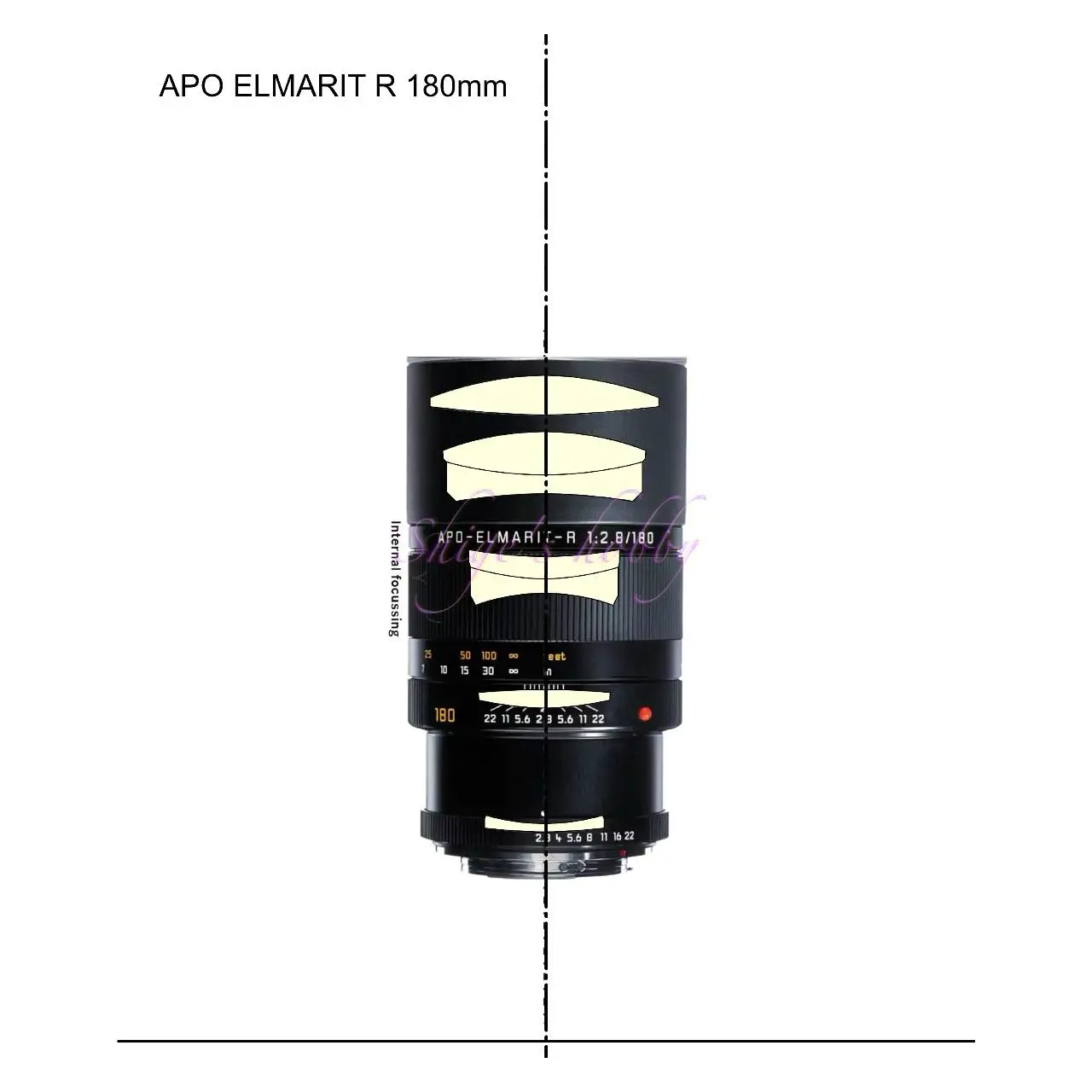
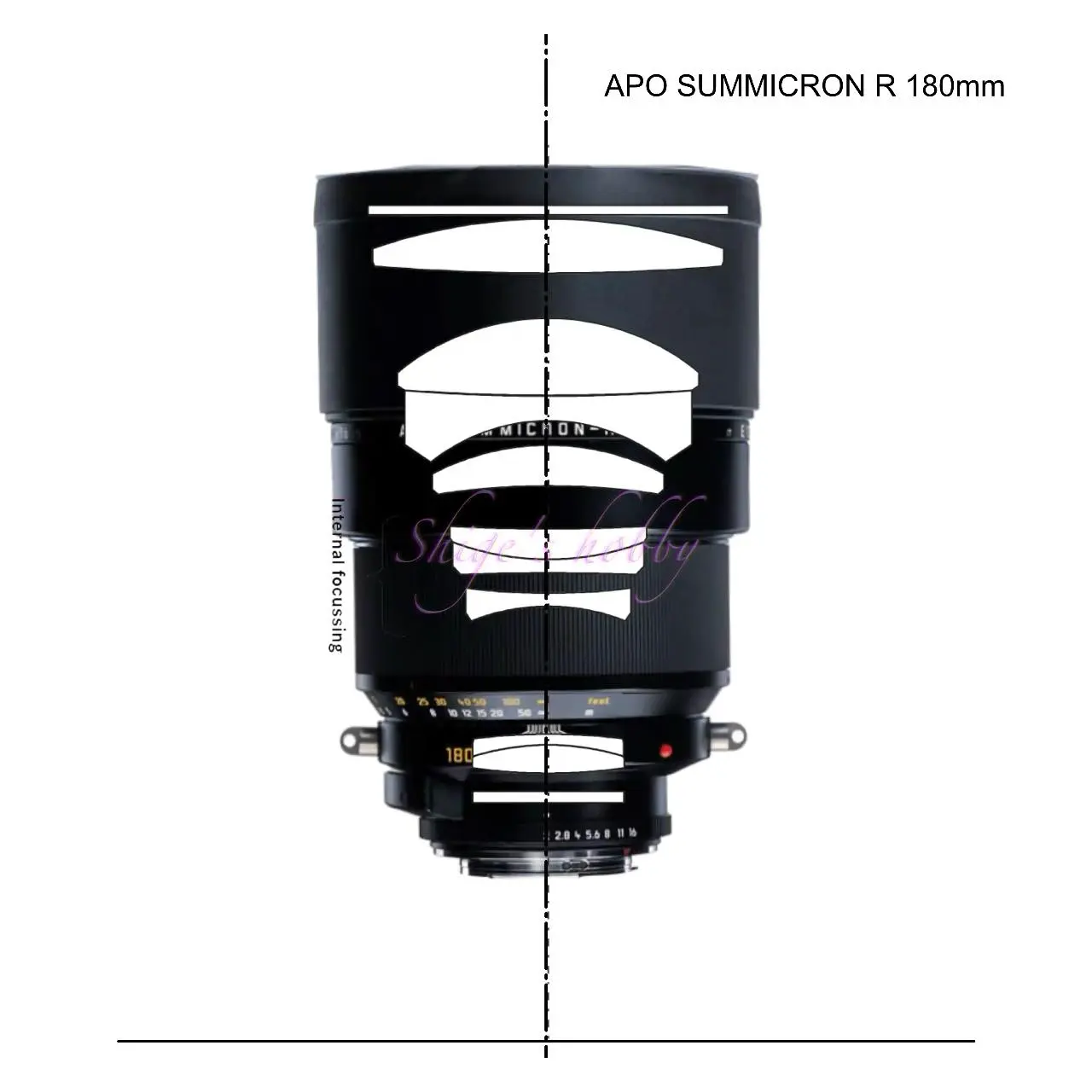
| Items | APO ELMARIT II | APO SUMMICRON |
| Focal length(mm) | 180 | 180 |
| Max aperture | 2.8 | 2 |
| Min aperture | 22 | 16 |
| Leaf blade | 8 | 8 |
| Lens Construction | 7elements in 5groups | 9elements in 6groups |
| Min distance(m) | 1.5 | 1.5 |
| Lens length(mm) | 132 | 176 |
| Max diameter(mm) | 76 | 116 |
| Filter Size(mm) | 67 | 100 |
| Weight(g) | 970 | 2,500 |
| Release date | 1997 | 1994 |
| Production number | 1,900 | 1,700 |
Reference links
- Description of APO-ELMARIT 180mm from Leica Wiki
- REVIEW: LEICA APO-ELMARIT-R 2.8/180
- APO LANTHAR 180mm・Shige’s hobby
- APO TELYT R 180mm F3.4・Shige’s hobby
- APO ELMARIT R 180mm・Shige’s hobby
- TAMRON SP180mm 63B・Shige’s hobby
Affiliate links
- Leica lens・Ads by Amazon
- Leica digital・Ads by Amazon
- Leica camera body・Ads by Amazon
- Leica accessory・Ads by Amazon
- Leica book・Ads by Amazon

Update history
- 2025.6.7
- 2024.1.12
- 2023.02.25
- 2022.06.17

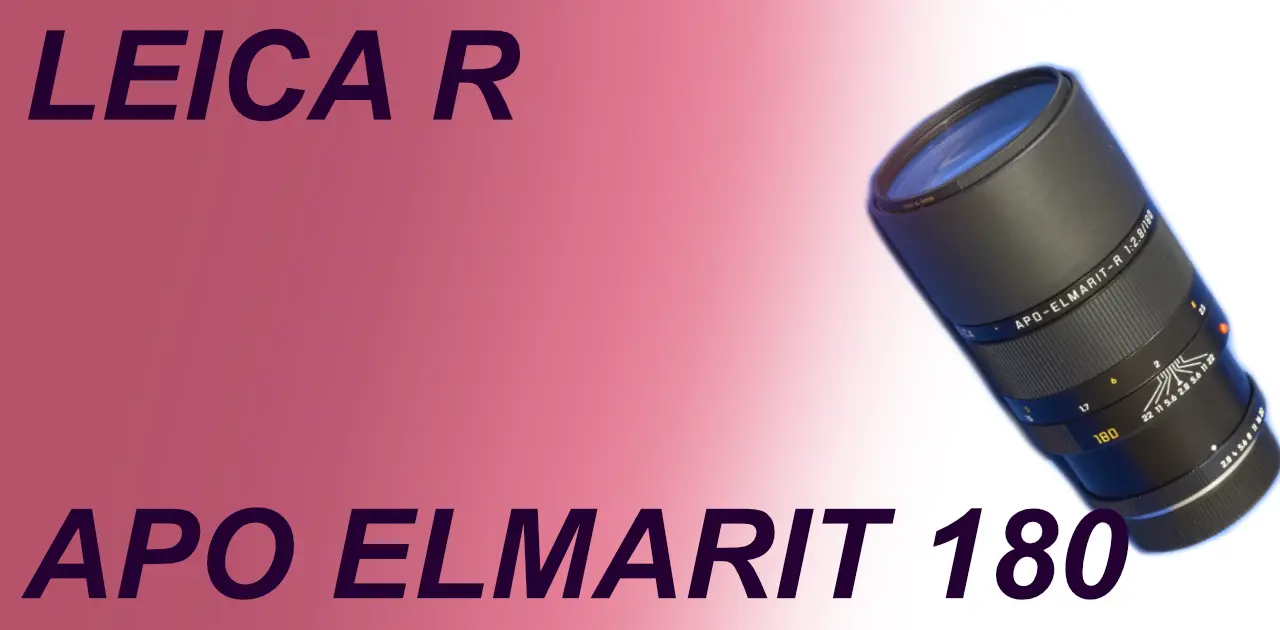

Be First to Comment